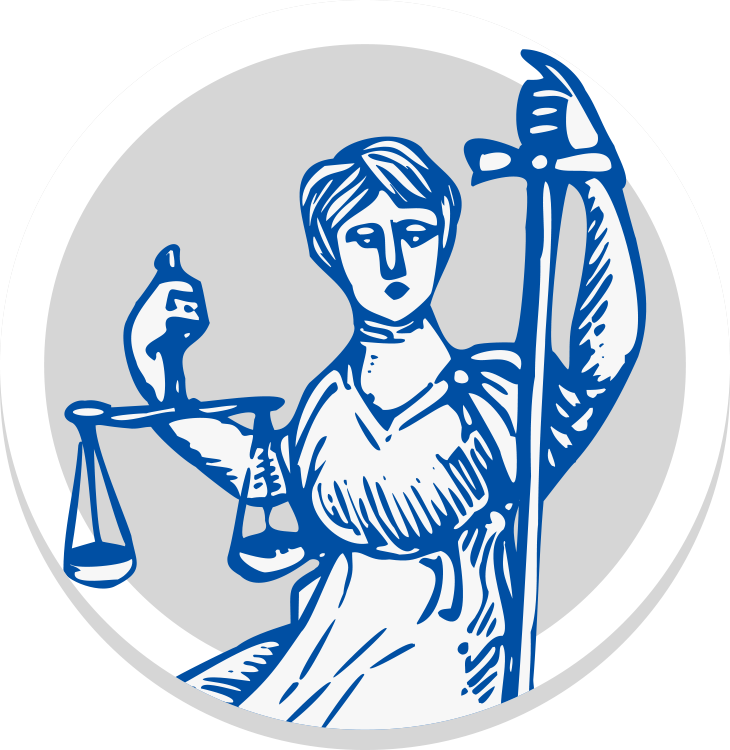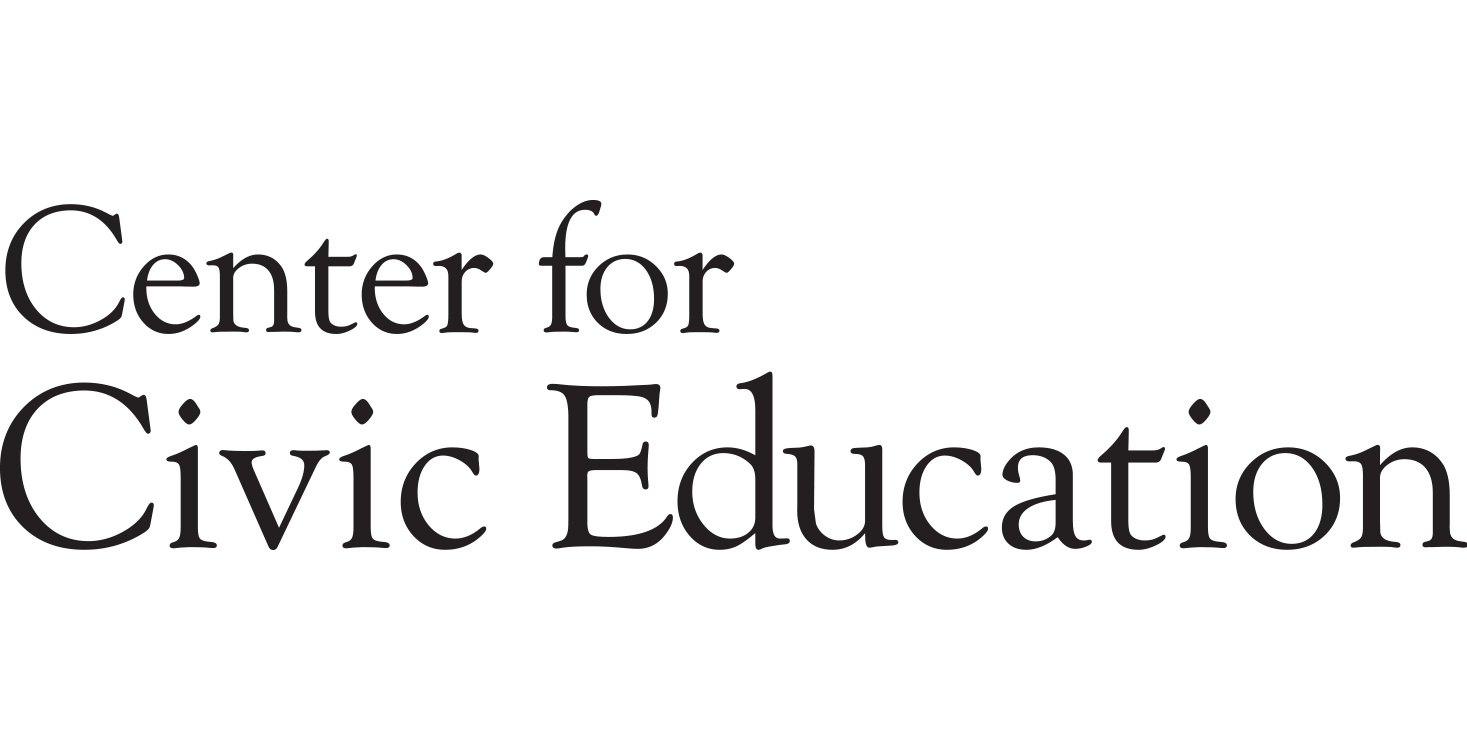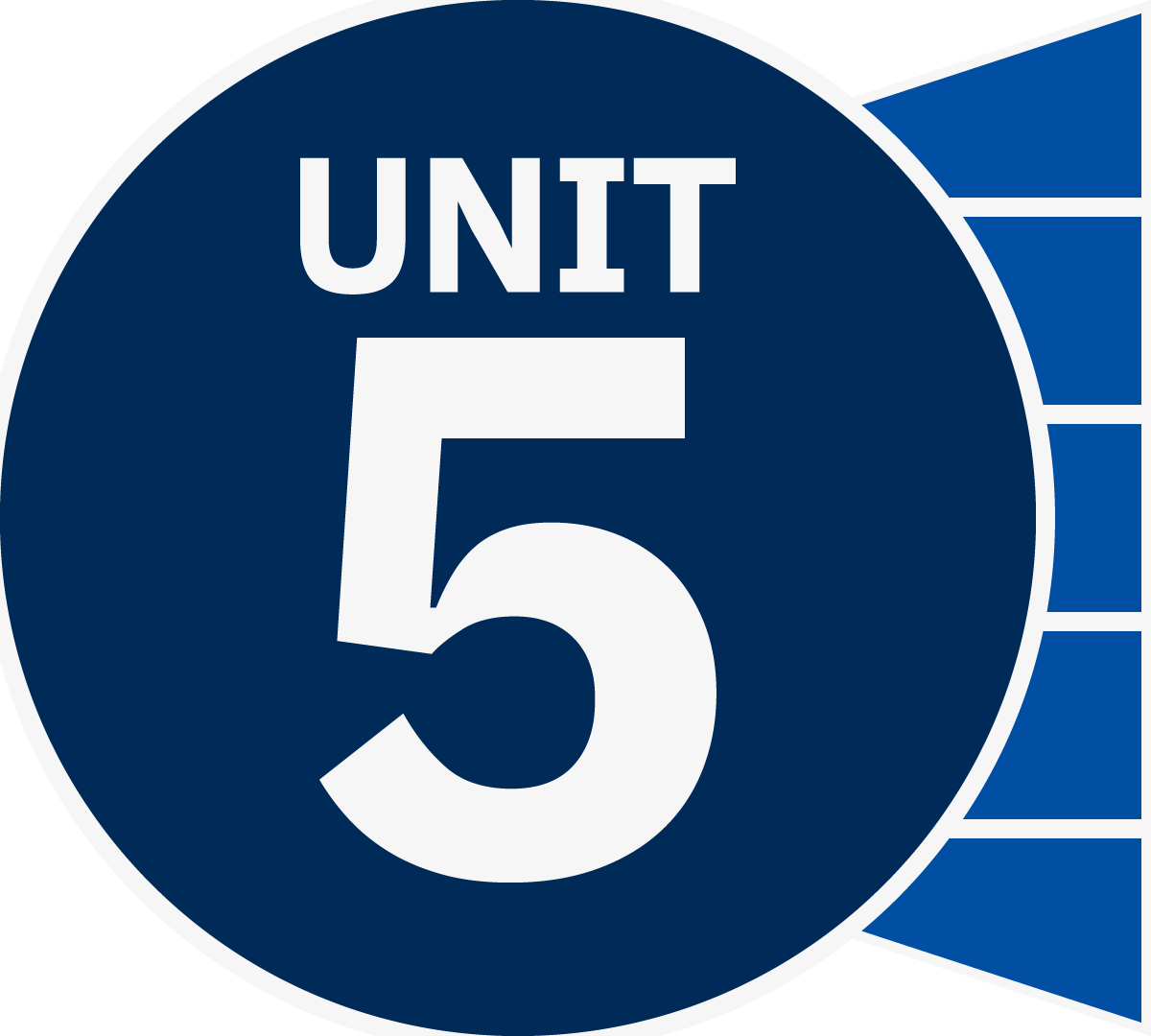Inquiry Companion: Unit 5
Inquiry Guide Activity
- Unit 5, Lesson 27: What Are Bills of Rights and What Kinds of Rights Does the U.S. Bill of Rights Protect?
- Unit 5, Lesson 23: How Does the Constitution Protect Freedom of Expression?
- Unit 5, Lesson 24: How Does the Constitution Protect Freedom of Religion?
- Active learning
- Compromise
- Critical thinking
- Real-world application
- Relationship skills
- Self-management
- Analyze the Bill of Rights and how it protects individuals from government overreach.
- Create and defend choices for new amendments.
- Does the Bill of Rights really protect me from the government?
- autonomy Independence, freedom, or the right to self-governance.
- Bill of Rights The first 10 amendments to the Constitution. It lists basic rights of the people that the federal government may not interfere with and must protect.
- freedom of expression The right to make known such things as your beliefs and opinions by means that are protected by the First Amendment.
- tyranny Cruel and oppressive government or rule.
The Bill of Rights, comprising the first 10 amendments to the Constitution, was adopted in 1791 in response to concerns about the potential abuse of government power and the need to protect individual liberties. During the ratification debates for the Constitution, Anti-Federalists, who were skeptical of a strong central government, argued that the document lacked explicit protections for individual freedoms. To address these concerns, James Madison proposed a series of amendments to address these fears and secure individual liberties. The Bill of Rights was subsequently added to the Constitution, serving as a foundational document that limits the powers of the federal government.
The Bill of Rights explicitly outlines rights such as freedom of speech, religion, and the right to a fair trial, establishing a clear framework for protecting individual liberties. Today, the Bill of Rights remains a cornerstone of American democracy and plays a crucial role in safeguarding citizens from government authority. The amendments continue to serve as a bedrock for legal interpretations, shaping court decisions and influencing legislation to ensure the preservation of civil liberties in a rapidly evolving society.
Additional resources for teacher background include:
- Expanding the Bill of Rights (Video)
- Compromise on a Bill of Rights: Concerns for the Constitution, Part 8 (Video)
Teachers should preview all student materials and resources prior to the lesson.
Part 1
- Welcome students to social studies.
- Introduce the inquiry question: “Does the Bill of Rights really protect me from the government?”
- Allow students time to make a prediction about the inquiry question as well as offer their own supporting questions.
- Tell students that today, we will begin to investigate the purpose of the Bill of Rights.
- Play What is the Bill of Rights: Introduction to the Bill of Rights, Part 1, and as students watch, they should listen for what role the Bill of Rights plays in their lives.
- Play the video a second time to ensure comprehension, if needed.
- Allow time for a brief discussion or an opportunity for students’ questions.
- Using your routine strategy for establishing groups, divide students into groups of three or four.
- Distribute the Bill of Rights Overview and discuss directions to ensure students understand expectations.
- Instruct students to work collaboratively to explore the simplified explanation of each amendment and remind them to place a ✩ star next to the five amendments they think are most important for protecting individuals' rights.
- Students may explore the accompanying videos for each amendment. Headphone use is suggested.
- Encourage groups to come to a consensus on which five amendments they think are most important.
- Groups will also discuss what rights are missing from the Bill of Rights and identify three rights they think should be added.
- Circulate around the room, encouraging each group, observing progress, and redirecting as needed.
- Facilitate a discussion as to why the Framers may have selected these 10 as the most important to protect the rights of individuals from their government by asking the following questions:
- What grievances did the colonists include in the Declaration of Independence?
- How did those grievances impact the amendments that were included in the Bill of Rights?
- Why did the Framers want to protect against tyranny in their new government?
- What is autonomy? What does it mean to self-govern?
- How would your life be different if the U.S. did not have the Bill of Rights?
Part 2
- Tell students to imagine that they have been given the opportunity to start their own country.
- Students need to draft a Bill of Rights for their new nation.
- Distribute Our Bill of Rights and discuss directions to ensure students understand expectations.
- Working in collaborative teams on the Our Bill of Rights, students will list their top five U.S. Bill of Rights amendments as well as the three new rights they think are needed.
- Students will need to come to a consensus on which eight rights will represent their nation.
- Students should prepare to explain and defend their choices during a share-out opportunity with their classmates.
- Allow time for groups to present their amendment proposals and defend why they selected these respective amendments.














